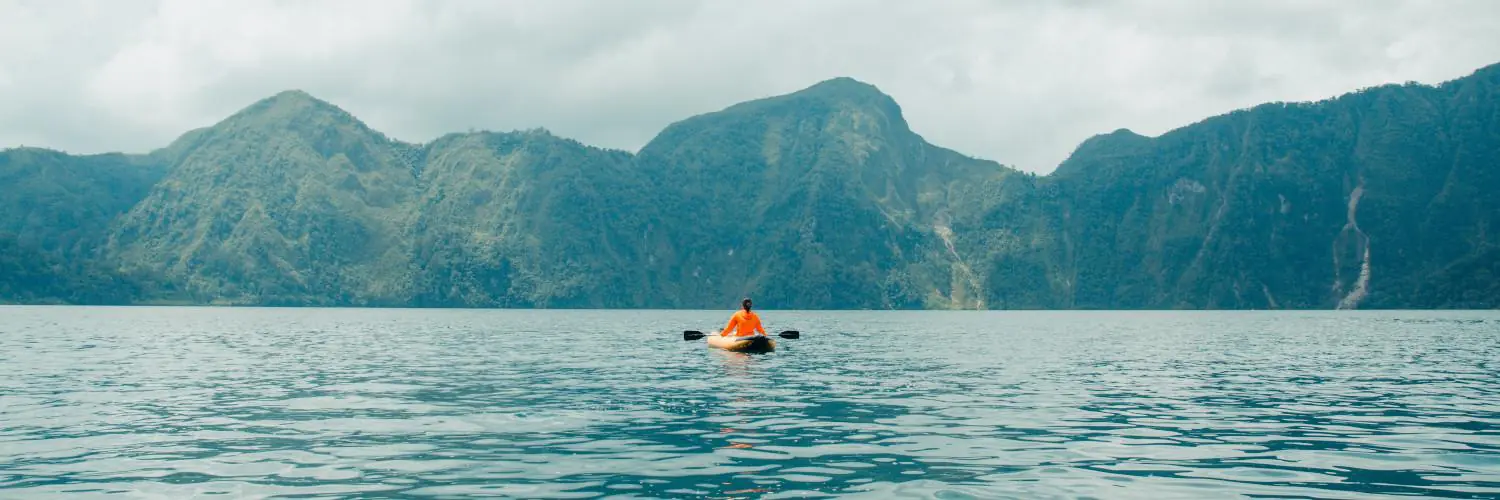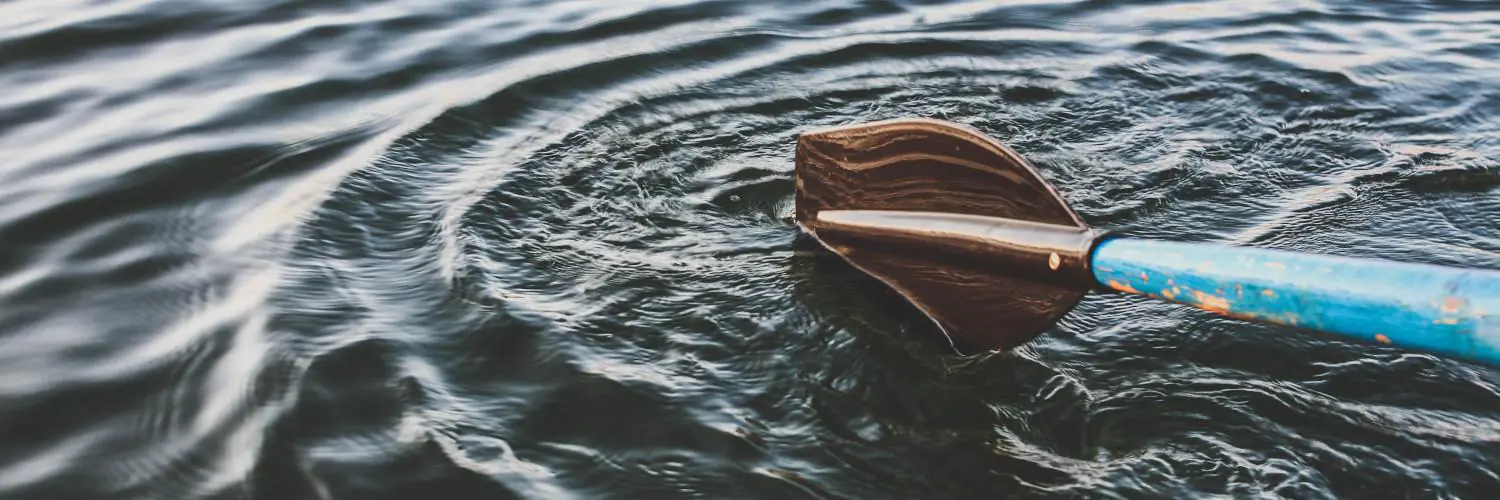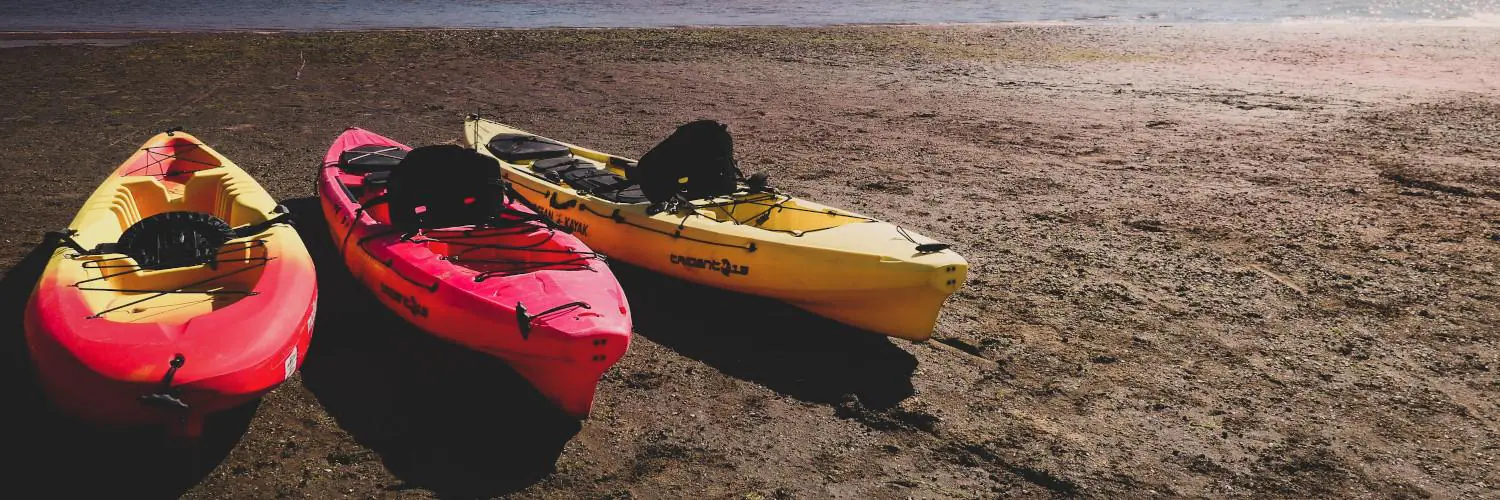Many kayakers face the problem of getting their anchors stuck on the bottom, making it hard to pull them back up. Using a zip tie to rig a kayak anchor creates a breakaway system that helps free the anchor if it gets caught. This setup can save time and prevent the need to cut lines or leave anchors behind.
A zip tie method is easy, affordable, and doesn’t require special tools. By learning this technique, anyone can make their kayak trips smoother and avoid frustration when anchoring in tricky spots. There’s a simple step-by-step way to do it that works for most folding and grapnel anchors.
Table of Contents
Choosing the Right Zip Tie for Kayak Anchoring
Selecting the best zip tie for kayak anchors makes anchoring safer and helps prevent losing gear. Zip ties control how easily an anchor can be released if it gets stuck, so it’s important to pick the correct type and strength for the job.
Types of Zip Ties and Their Strength
Zip ties come in different materials and strengths. Nylon zip ties are most common for kayak anchoring because they resist water and UV rays. Some zip ties are labeled “heavy-duty” and can hold more weight before breaking.
Typical zip tie strengths range from 18 lbs to over 120 lbs. Standard sizes for kayak anchors include 8-inch and 11-inch lengths. Longer ties are usually stronger and thicker.
Comparison Table: Common Zip Tie Ratings
| Size (inches) | Strength (lbs) | Material |
|---|---|---|
| 8 | 40–50 | Nylon |
| 11 | 50–75 | Nylon, UV-safe |
| 14+ | 100+ | Heavy-duty |
Using the right strength of tie ensures it will break if the anchor gets stuck but hold during normal use.
Selecting Heavy-Duty Zip Ties
A heavy-duty zip tie is often recommended for larger kayak anchors, like a grapnel anchor. These ties have higher breaking points, around 50 lbs or more, and are less likely to snap too soon.
Some kayakers choose UV-resistant models, which stand up to sunlight and don’t become brittle over time. When anchoring in areas with strong currents or rocky bottoms, a heavy-duty zip tie provides added security.
Do not use metal or wire ties for kayak anchors. Metal can rust or damage gear, while plastic zip ties offer controlled breaking strength and reduce risk.
Matching Zip Ties With Anchor Weight
It’s important to match the zip tie’s strength to the anchor’s weight and the fishing location. For most kayak anchors weighing 1.5 to 3.5 lbs, a zip tie rated for 40 to 50 lbs is usually enough. This holds the anchor until it gets snagged, then the tie will break so the anchor can be pulled free.
Example:
- Small grapnel anchor (1.5 lbs): 40 lb zip tie
- Medium anchor (3.5 lbs): 50–75 lb zip tie
For rough waters or heavier anchors, move up to a stronger, heavy-duty zip tie. Always check both the anchor and zip tie for wear before each use to make sure they work together smoothly.
Step-By-Step Guide to Using Zip Ties as a Kayak Anchor Release
A zip tie rig can help prevent snagged anchors and make pulling up a kayak anchor faster. With a few simple items like an anchor rope, carabiner, and zip ties, kayakers can set up a reliable release system for shallow or rocky waters.
Attaching a Zip Tie to the Anchor Rope
First, connect the anchor rope to the bottom eye of the kayak anchor. This is usually the end of a grapnel anchor. Thread the rope through the anchor’s bottom hole and tie a strong knot, such as a bowline.
Next, run the rope along the anchor’s body and line it up with the top eye or shackle on the anchor. Attach the rope here with a zip tie instead of a permanent knot. The zip tie should be snug but able to break under pressure if the anchor gets lodged. This setup lets the anchor pull free from the bottom end if snagged.
Checklist:
- Rope attached to anchor’s bottom hole
- Rope running up along the shank
- Secured at top with a zip tie
The zip tie acts as a weak link. Too much pulling force will snap it, freeing the anchor from a snag.
Setting Up With a Grapnel Anchor
Grapnel anchors are common for kayaks because of their folding arms and compact size. Begin by folding in the flukes (arms) and identifying both top and bottom attachment points.
Tie your anchor rope securely to the hole at the base (bottom) of the anchor. After routing the rope up the shank, position it along the anchor until it reaches the top hole. Use a zip tie to connect the rope to the top hole or shackle.
If the anchor gets stuck, a firm pull breaks the zip tie and the rope pulls from the bottom. This helps prevent anchors from being lost in rocky or snag-filled lakes and rivers. Always use a zip tie with enough strength for normal use but weak enough to break if firmly yanked.
Using a Carabiner for Quick Release
Adding a carabiner provides a simple way to detach the anchor system from the kayak in emergencies. Connect a locking or spring-loaded carabiner to the end of the anchor rope, attaching it to an anchor trolley or pad eye on the kayak.
This allows the kayaker to unclip the rope quickly if needed. In situations where the kayak is drifting toward danger or the anchor is badly snagged, unclipping the carabiner lets them leave the anchor behind and stay safe.
Use a corrosion-resistant carabiner to reduce damage from water exposure. For a secure setup, pair the carabiner with the zip tie release, so both safety and quick detachment are possible.
Integrating Zip Tie Anchoring Into Kayak Fishing
Many kayak anglers use zip ties as a simple, low-cost way to set up a safer anchor system. This method helps avoid lost anchors and makes it easier to break free if the anchor gets stuck.
Why Kayak Anglers Use Zip Tie Anchors
Zip tie anchor rigs have gained popularity because they address a big problem: anchors can easily get stuck on rocks or debris. Kayak anglers often fish in shallow or rocky areas, so a jammed anchor is common.
By attaching the rope to the bottom of the anchor and securing it to the top with a zip tie, the angler gets a “breakaway” system. If the anchor catches, a hard pull breaks the zip tie and pulls the anchor out from the bottom. This reduces lost fishing gear and saves money.
Here’s a quick overview:
| Traditional Anchor | Zip Tie Anchor |
|---|---|
| Prone to getting stuck | Can release when snagged |
| Often lost if jammed | Less risk of lost gear |
| No quick-release | Zip tie acts as quick-release |
This setup is affordable and doesn’t need special kayak anchoring tools. Most people only need a pack of strong zip ties.
Improving Safety During Kayak Fishing
Kayak fishing has extra risks because kayaks move with wind, tide, and boat wakes. Anchor systems that can’t be freed can tip the kayak or leave the angler unable to move out of danger quickly.
With a zip tie anchoring system, if the anchor snags, the angler can pull hard to break the zip tie. This gives control back to the paddler, helping avoid capsizing or flipping.
Safety is further improved by keeping only sturdy zip ties for breakaway use, not weak string or thin plastic. Strong zip ties allow the anchor to hold during normal use but can still snap when needed.
By reducing the risk of being stuck, this simple rig also encourages anglers to fish tighter spots or near more structure, knowing they have a way out if the anchor gets jammed.
Anchor Systems and Zip Tie Compatibility
Zip tie kayak anchors can be used in several anchoring systems, but their best fit depends on the setup. Consider what kind of waters and conditions they will be used in, as well as how the anchor will release if it gets stuck.
Using Anchor Trolleys With Zip Tie Anchors
Anchor trolleys help paddlers adjust the position of their anchor line from bow to stern. This is especially important for kayak anchoring in changing currents or wind. To use a zip tie anchor with a trolley, the anchor line is attached to the trolley ring, allowing smooth movement of the anchor’s position.
With this setup, if the zip tie on the anchor breaks free—like when the anchor is stuck and force is applied—the line will still pull from the correct angle, which makes retrieval easier. It’s important to check that the zip tie strength matches both the anchor’s weight and the conditions. Too weak, and the anchor might detach too easily; too strong, and it may not break when needed.
Tip: Use a plastic cleat or jam cleat to quickly secure and release your anchor line after adjustment.
Stakeout Poles and Alternative Anchoring Methods
Stakeout poles work differently than anchor trolleys. Instead of using a line and anchor, the paddler pushes a pole into the bottom to hold position. This method is common in shallow water and is not usually paired with a zip tie release, since there’s no anchor to get stuck.
However, for other anchoring systems—such as brush grippers or drag chains—the zip tie method is not useful either. These alternatives do not need a breakaway feature because they are unlikely to get permanently snagged.
The choice between using an anchor system with a zip tie or a stakeout pole depends on the water depth, bottom type, and how quickly the kayaker may need to reposition the boat. Some paddlers carry both options to be ready for changing conditions.
Zip Tie Kayak Anchor Tips and Maintenance
Proper care keeps the zip tie kayak anchor setup working safely and smoothly. Regular upkeep also lowers the chance of equipment failure on the water.
Replacing Zip Ties for Reliability
Zip ties hold the anchor chain or line securely but should be swapped before every trip or at any sign of wear. Always carry extra zip ties in different strengths. Use heavy-duty zip ties for holding the main line, and a smaller or lighter zip tie for the breakaway feature.
Look for any cracks, fraying, or UV damage on the zip ties. Swap out any zip tie that feels weak, looks faded, or has stiffness from sun exposure. To replace a zip tie, carefully cut the old one with a knife or scissors, and thread the new zip tie through the same spot. Pull it snug but not so tight that the breakaway won’t release properly.
Never reuse old zip ties as they lose strength over time. Replace ties if the kayak anchor has been stuck or pulled hard on a past trip. This keeps the anchor line system ready for any emergency.
Caring for Your Anchor Line and Rope
A clean, well-checked anchor rope lasts longer and performs better. After each trip, rinse the anchor line with fresh water to wash away salt, sand, or dirt. This helps stop the rope from wearing out or getting stiff.
Check the entire anchor rope and anchor line for cuts, knots, or signs of mold. Untangle any twists and re-coil the line neatly before storing. It’s smart to tie knots at the end of the line for a better grip and to keep it from slipping through the kayak anchor system.
Store ropes and lines out of the sun so they don’t weaken or degrade. If any part of the anchor rope feels brittle or shows fraying, replace it right away. Testing the line before trips makes sure everything stays secure.








